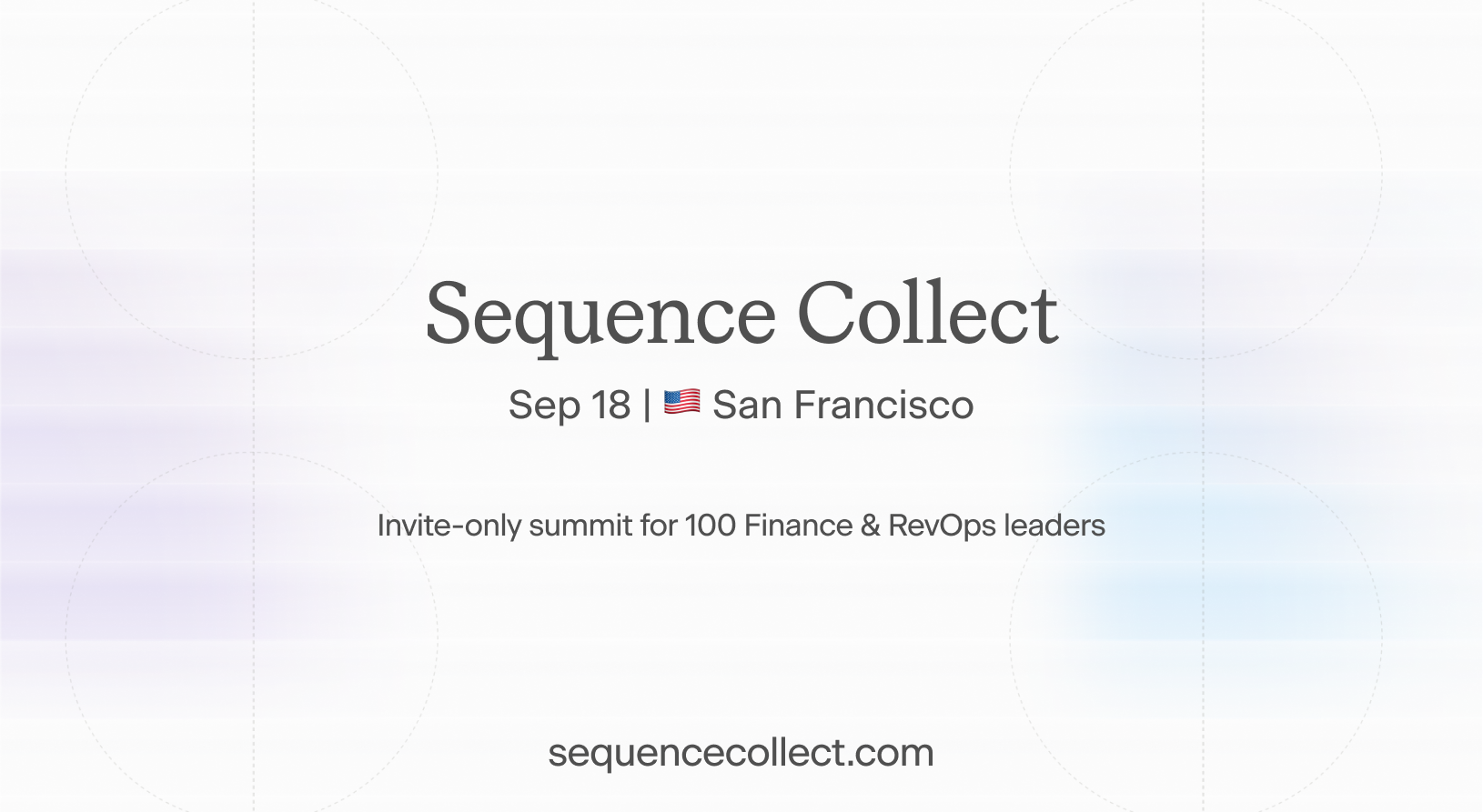Riya Grover
Why companies choose Sequence over Maxio
Maxio was originally built with a focus on traditional subscription billing and, while successful in that segment, has had limited flexibility for more complex pricing models. Read on to learn why companies choose Sequence instead.

Maxio was established in 2022 following the merger of two legacy platforms, Chargify and SaaSOptics, both of which were founded in 2009.
B2B pricing models have changed a lot since then. SaaS companies have evolved from utilising standard fixed subscription pricing models into utilising more dynamic pricing strategies, including the rapid adoption of usage-based models. As fast-growing teams move upmarket, they also start to customise pricing during negotiations with key logos.
As a result, many teams today find that their pricing is “too complex” or “too messy” for traditional subscription management platforms like Maxio, Chargebee and Stripe. These are all great businesses for which we have considerable admiration, and if you’re a subscription company with standard pricing for all customers, they are probably a good fit for your needs.
But we are seeing more teams more towards bespoke, dynamic pricing models which creates the need for a more flexible platform to handle custom contract terms and usage-based products. This also gives commercial teams the agility to adapt pricing and go to market strategies as they scale.
This is where Sequence has emerged as the leading player in the B2B billing space for sales-led teams with custom / usage-based pricing.
Some of the notable features in Sequence include:
- Flexible billing subscriptions that can support any bespoke pricing terms (custom billing phases, ramps, in-advance / in-arrears etc)
- Advanced usage metering with API / CSV data ingestion
- Native invoicing functionality, fully synced with NetSuite / Quickbooks / Xero
- Automated payment reminders (dunning)
- Native revenue recognition
- Sales tax calculations
- CPQ (quoting) solution for sales teams to manage pricing proposals, MSAs and e-signatures (automatically creating billing subscriptions once the signature is received)
- Advanced reporting, with customisations available to model revenue and ARR according to the needs of your business
First class support enables onboarding in weeks, not months:
Another primary differentiator for Sequence during recent evaluations has been the onboarding time and effort required. Many finance teams have come to believe that 3-6 month (often longer) billing implementations are the norm, and most have the horror stories and scars to show for it. With an intuitive finance dashboard and considerable implementation support, Sequence customers go live in weeks instead of months or quarters. In fact, our internal onboarding KPI is measured in days for this reason.
The Sequence dashboard can also be managed solely by finance operators, who can accurately collect revenue for 1000s of contracts without requiring additional headcount or dedicated engineering resources.
If you want to see why Sequence has developed into one of the fastest growing accounts receivable platforms in the B2B space, send us a pricing sample and we’ll spin up a sandbox for you to see for yourself.
Riya Grover
Related articles

How we use Sequence to level up pricing flexibility
Sequence is built to provide pricing flexibility for sales teams while retaining a fully automated billing workflow for finance. Here’s how using Sequence has provided us with a unique competitive advantage when configuring custom deal terms, without breaking our revenue collection workflow downstream.
Enda Cahill

Sequence Collect
Sequence Collect is the AI revenue automation conference for modern finance leaders, taking place September 18th in San Francisco. Designed for CFOs and RevOps leaders from fast-growing B2B scaleups, the event addresses critical questions like "How should we price our AI agents?" and "How far can we scale with 1 finance operator + AI?" Limited spots available at sequencecollect.com.
Riya Grover

Sequence Awarded 18 Badges in the G2 Spring 2025 Report
Sequence has earned 18 badges across a variety of categories in the G2 Spring 2025 Report. Once again, Sequence was recognized as a High Performer and received awards across many categories including “Best Support” and “Easiest to Do Business with.” We’re honored to have upheld our 4.8/5 average rating while maintaining the trust and support of our incredible customers.
Lindsey Sipplen